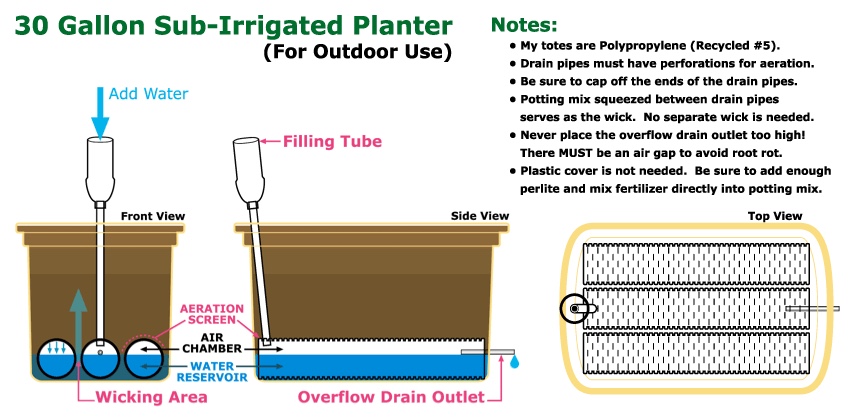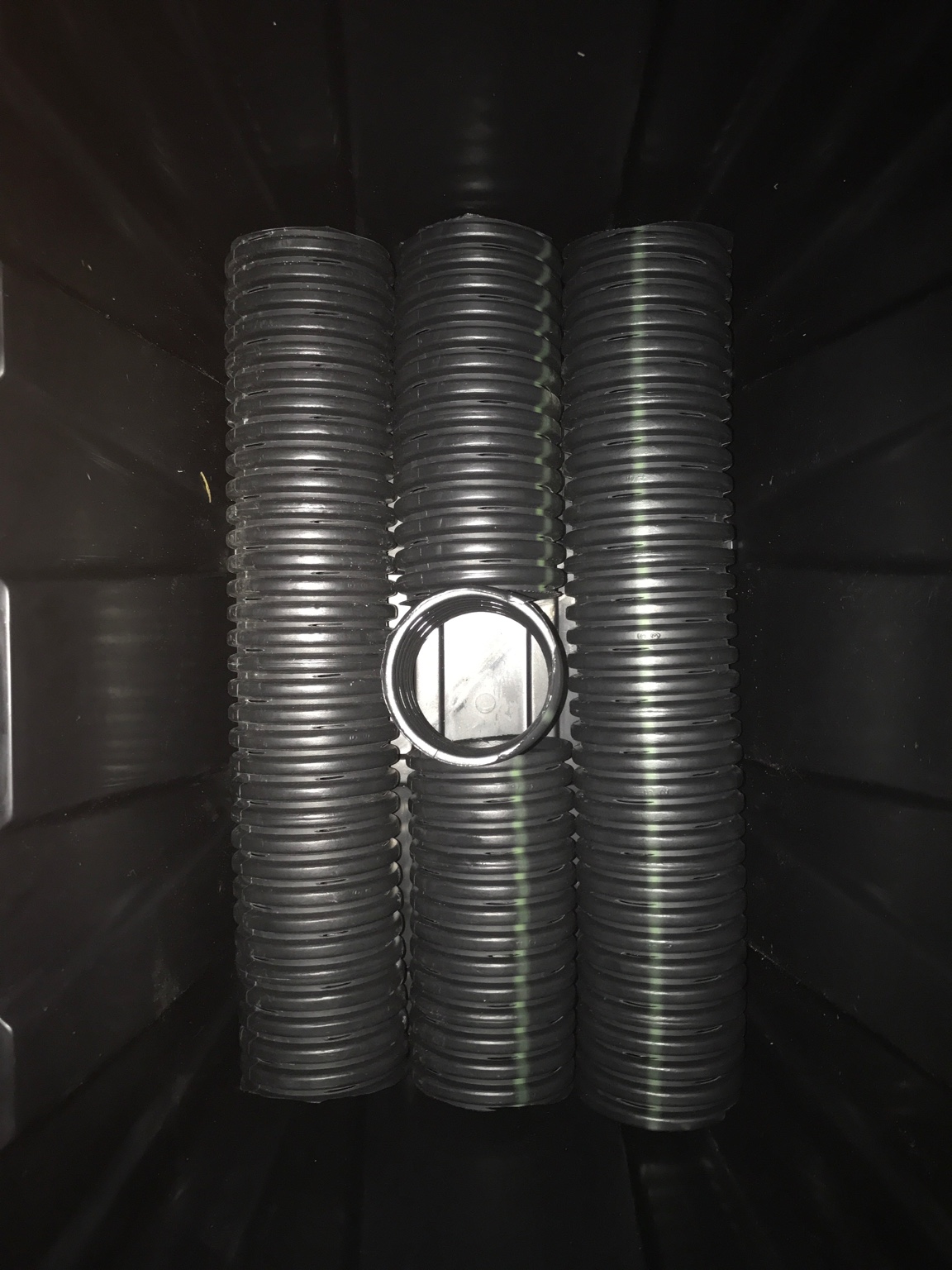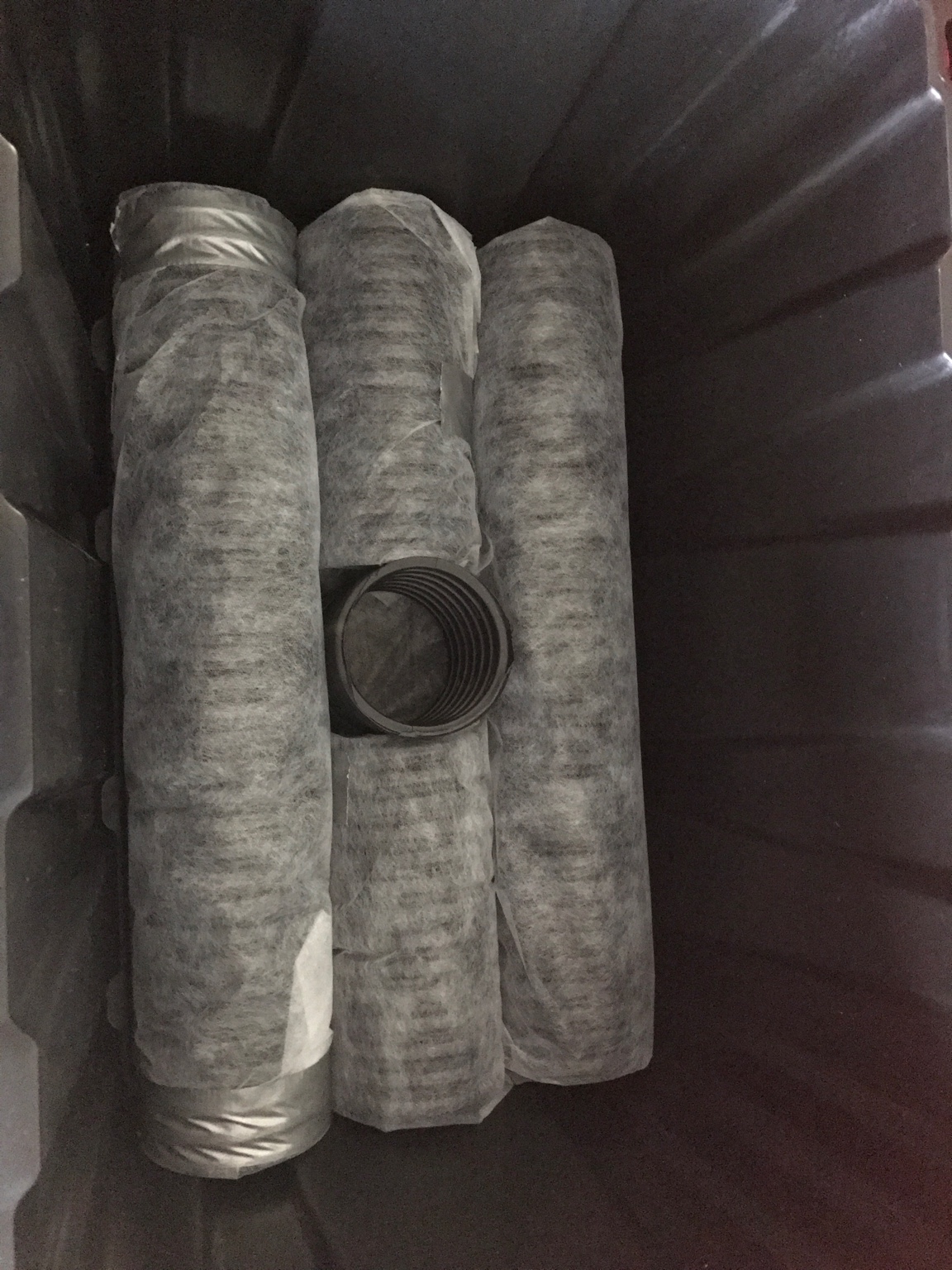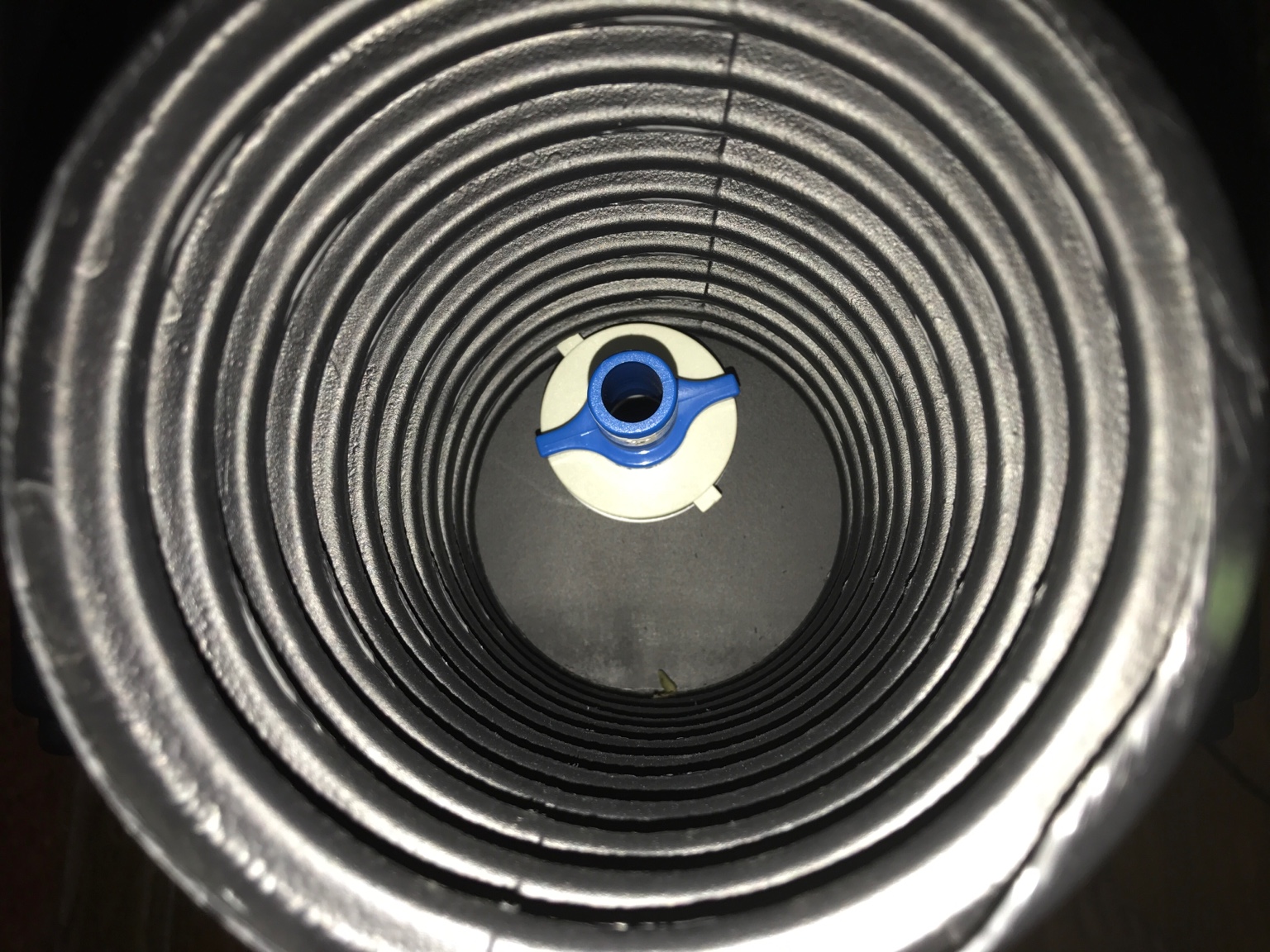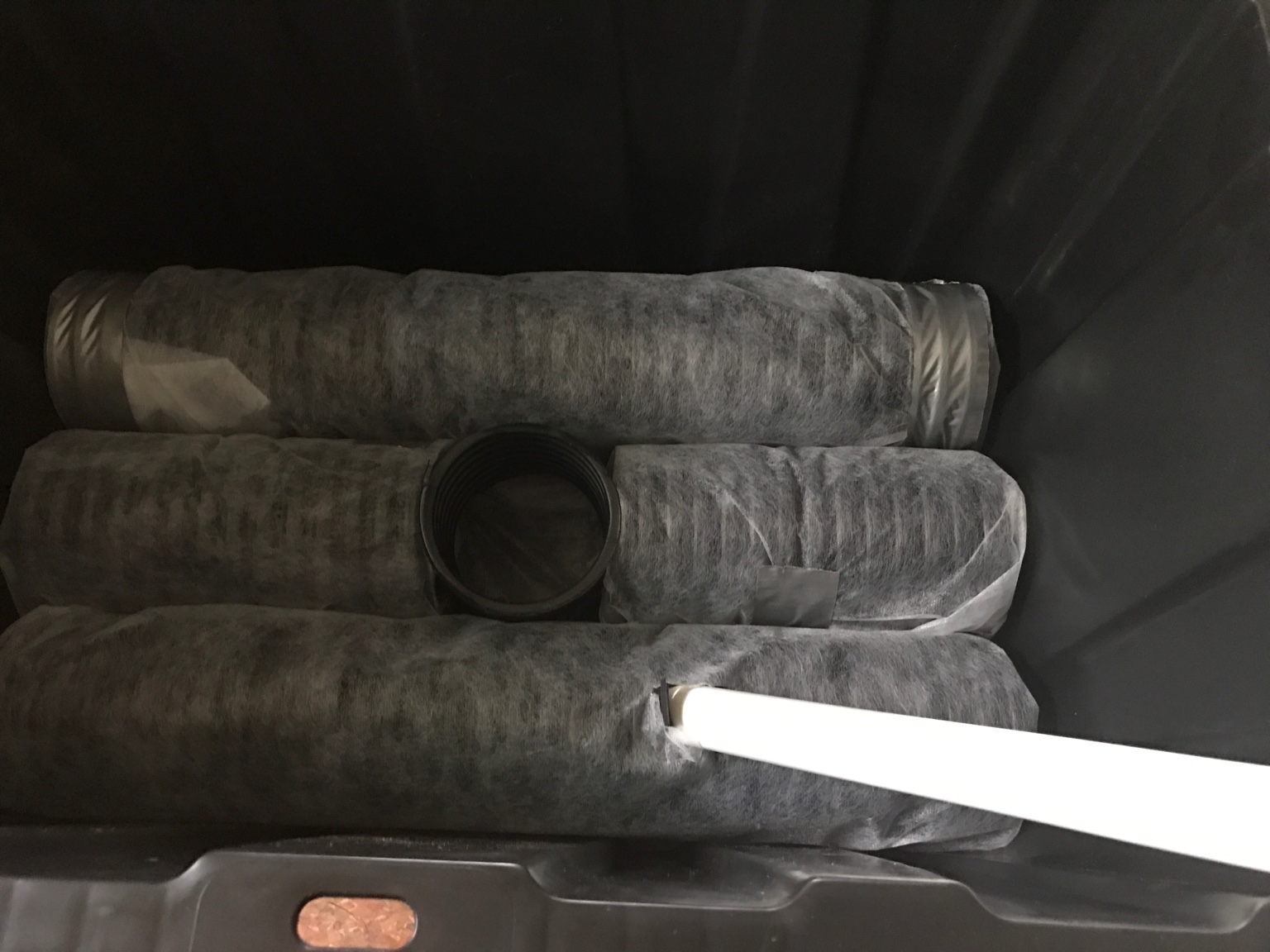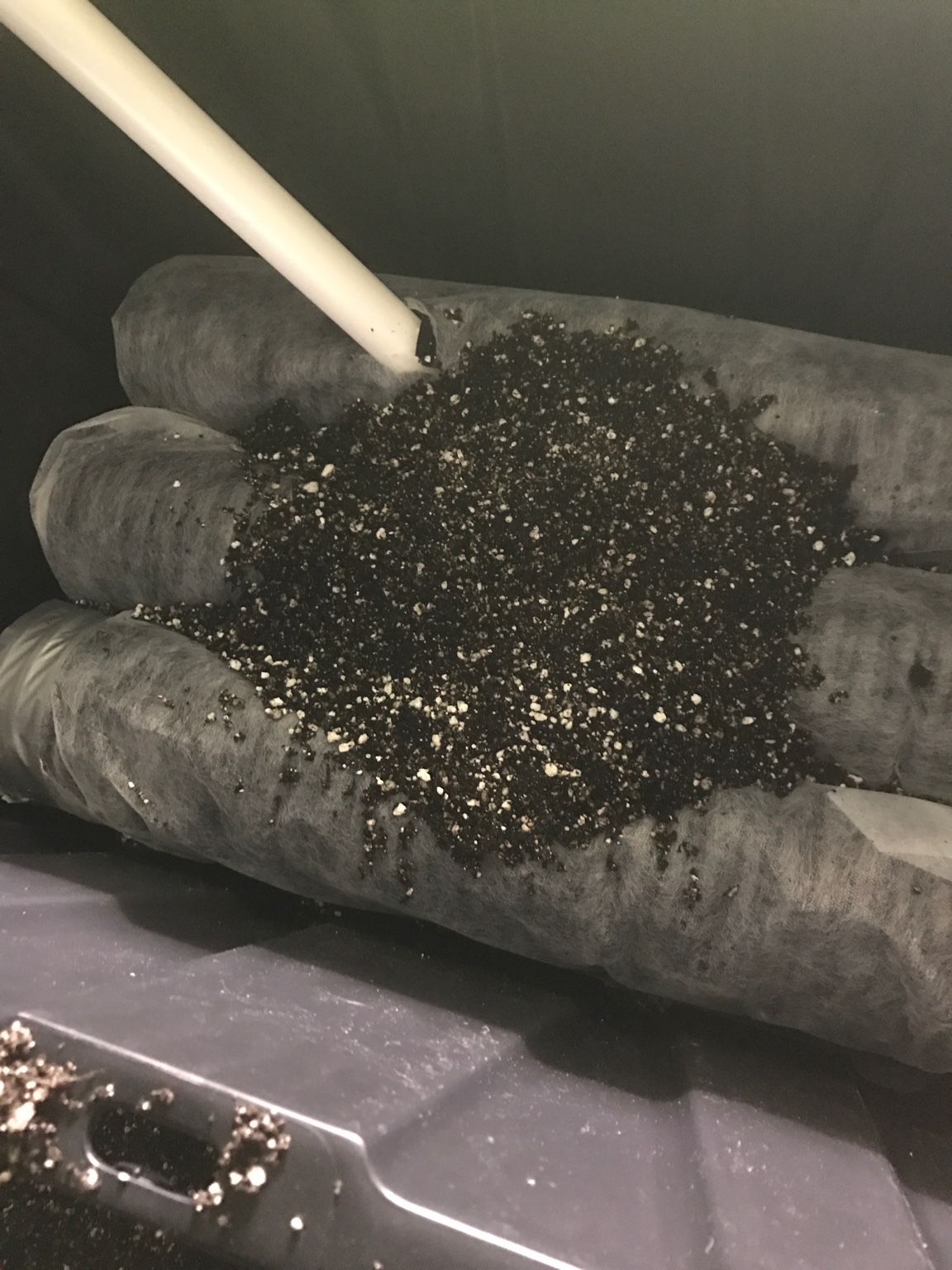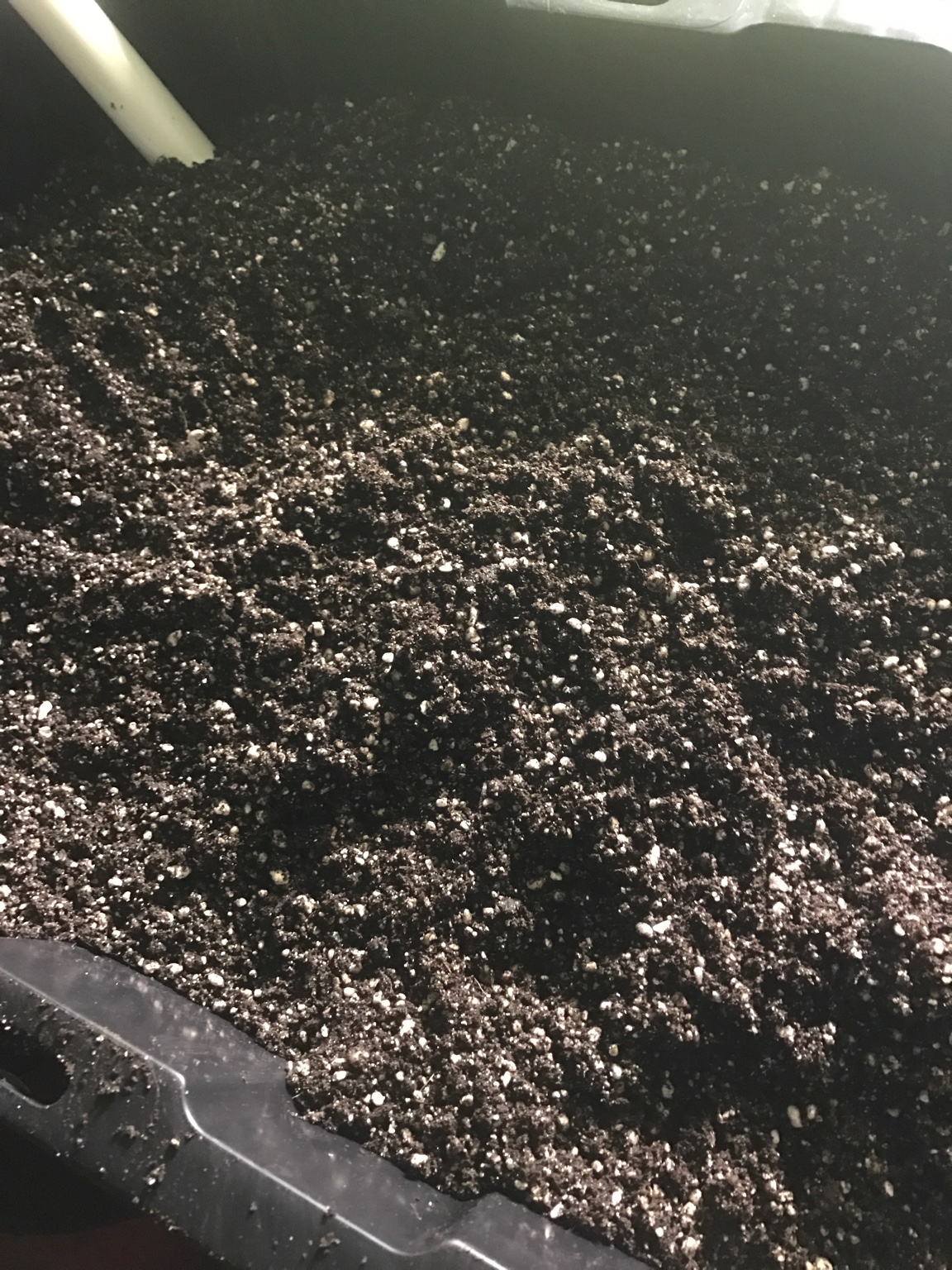Hey all its that time again! A new journal for Shiggity. Lots of crazy ideas in my head and I need a spot dedicated to exploring them. Still loving Docbud's living soil excellence but my new goal is to see just how far I can push my Brix girls to produce quantity while maintaining QUALITY.
Topics that will be covered include but are not limited to:
1. Awesome new strains
2. Creation of identical 4x8 growth chambers for experimentation (muah hahahahahaha)
3. Water cooled DIY propane generator set up
4. DIY led lighting
5. DIY lighting controller to play with light recipes and intensities
6. Far red light, the Emerson effect and flower initiation.
7. Sub irrigated planters
8. Basement moisture control
9. Sealed grow rooms
10. Cannabis oil protocols and usage
11. Seeds! And breeding tent
12. Suspended scrog nets
13. Awesome new strains
Everything under the sun!
It's gonna be a journey to remember folks. I plan on diving deep and discovering some new stuff. Come along with me and let's see what happens!!


Topics that will be covered include but are not limited to:
1. Awesome new strains
2. Creation of identical 4x8 growth chambers for experimentation (muah hahahahahaha)
3. Water cooled DIY propane generator set up
4. DIY led lighting
5. DIY lighting controller to play with light recipes and intensities
6. Far red light, the Emerson effect and flower initiation.
7. Sub irrigated planters
8. Basement moisture control
9. Sealed grow rooms
10. Cannabis oil protocols and usage
11. Seeds! And breeding tent
12. Suspended scrog nets
13. Awesome new strains
Everything under the sun!
It's gonna be a journey to remember folks. I plan on diving deep and discovering some new stuff. Come along with me and let's see what happens!!








 I need to do my lighting post - and then I'll be back.
I need to do my lighting post - and then I'll be back. 



